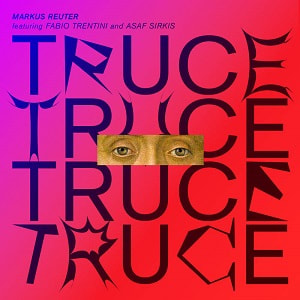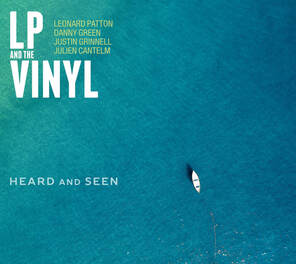
It is a collection of 11 songs with nine of them originals with Joan writing the music and the lyrics. With her are Frank Wilkins on Piano who also served as Musical Director, Alvin Terry on Drums, and Dave Zox and Bass.
Topsy 2 (Drummer Man) is Joan’s adaptation of the Durham and Battle song from her childhood. It gives Alvin Terry centerstage and Joan has a clearly great time as she scats her way out of the song.
Choices is the story of Joan’s mom, a dancer at Paris’ Moulin Rouge from 1926-24. “She had her own perspective on how women should live their lives,” Joan recalls. The song itself is full of her mother’s rules for living as a woman. The band is remarkably cohesive and very well worth the listen.
Martin opens with the Spiritual Wade in the Water. That song is generally accepted as a song from the Underground Railroad but first appeared in print in 1901. Joan uses that Spiritual as the springboard into her song about Rev. Dr. Martin Luther King, Jr. and the ongoing struggle for human dignity and universal rights. She concludes the song with the return to Wade in the Water.
Let Me Go (For Avis) is about “a wonderful family friend who never spoke without drama when wanting to make a point about anything.” For all that, Joan sings this reminiscence with sincerity and fondness. The piano work of Frank Wilkins is sweetly done.
My Childs Dreams focuses on her father, one of the founding doctors at the Upper Manhattan Medical Group in Harlem. It is cool and straight-ahead Jazz number that evokes images of a man we could not know but come to appreciate through the imagery of his daughter’s song and singing. Your knowledge is your power is an admonition applicable to any father’s daughter. Dave Zox’s bass line is worthy of attention.
I Ain’t Just A Pretty Face is a whimsical delivery of a serious theme. Terry delivers a military beat that serves to underscore the deliberateness and discipline of her stance. The band must have had some fun with this one. Joan calls it “just as relevant today as when I wrote it 25 years ago.”
The First Time We Met is a sweet romance, an original of Joan’s, that starts off with a little bossa beat. The lyrics tell a cute story of the beginning of a romance. The little swing adds a fun twist. The time switches are frequent and fun.
A Glass of Wine starts off with Zox’s cool bass as Joan sings the narrative of a warm relationship. Wilkins delivers a charming touch on the piano. This is old school romantic Jazz. And I mean that in a good way.
Time Passes is introduced with a little scat before the lyrics begin in earnest. Once again, the trio behind Joan proves worthy of their pay.
It’s Been A Long Time Comin’ is about a friend who found love later in life. But the happiness was worth waiting for. The trio makes it easy for Joan to concentrate on her delivery. Another Zox bass solo is an attention-getter. Joan sings with humor but honesty.
Here’s to Life is the Butler/Mollinary song arranged by Joan and the band. She calls it her “wish to bring the joy of life through music.” Her adaptation of the song is meaningful and sincere. She sings it like she means it.
And that may be the hallmark of the entire album—sincerity with a touch of humor. That and a skilled and seasoned band who knows what Joan wants.
~Travis Rogers, Jr. is The Jazz Owl





 RSS Feed
RSS Feed
